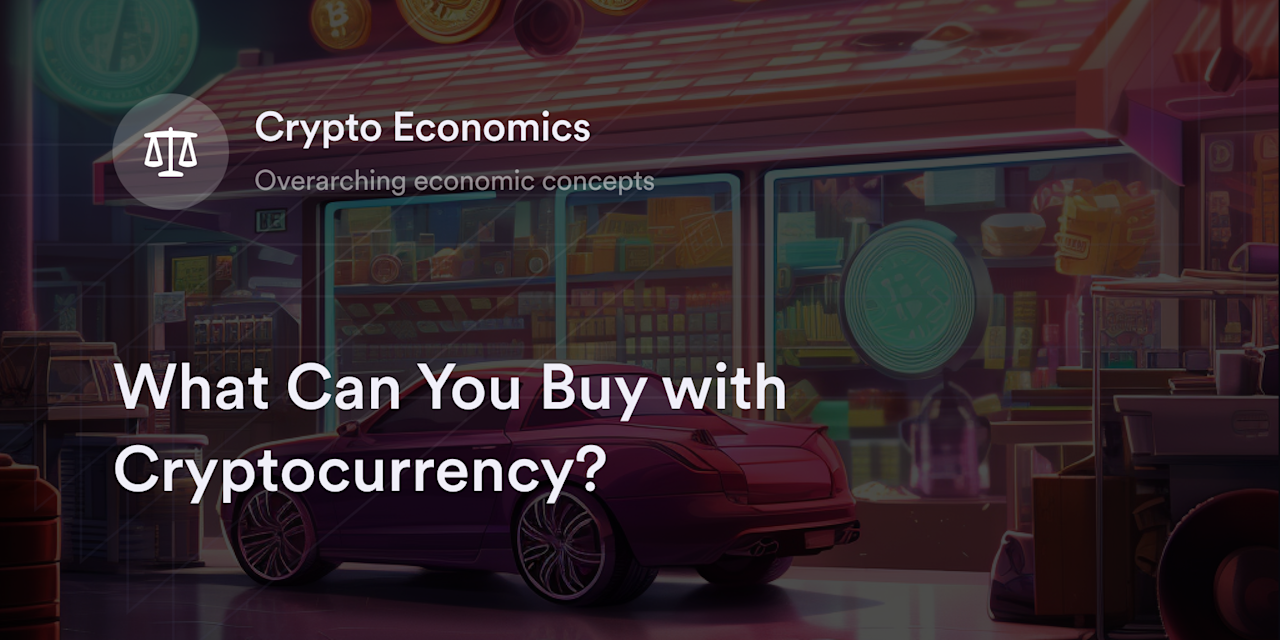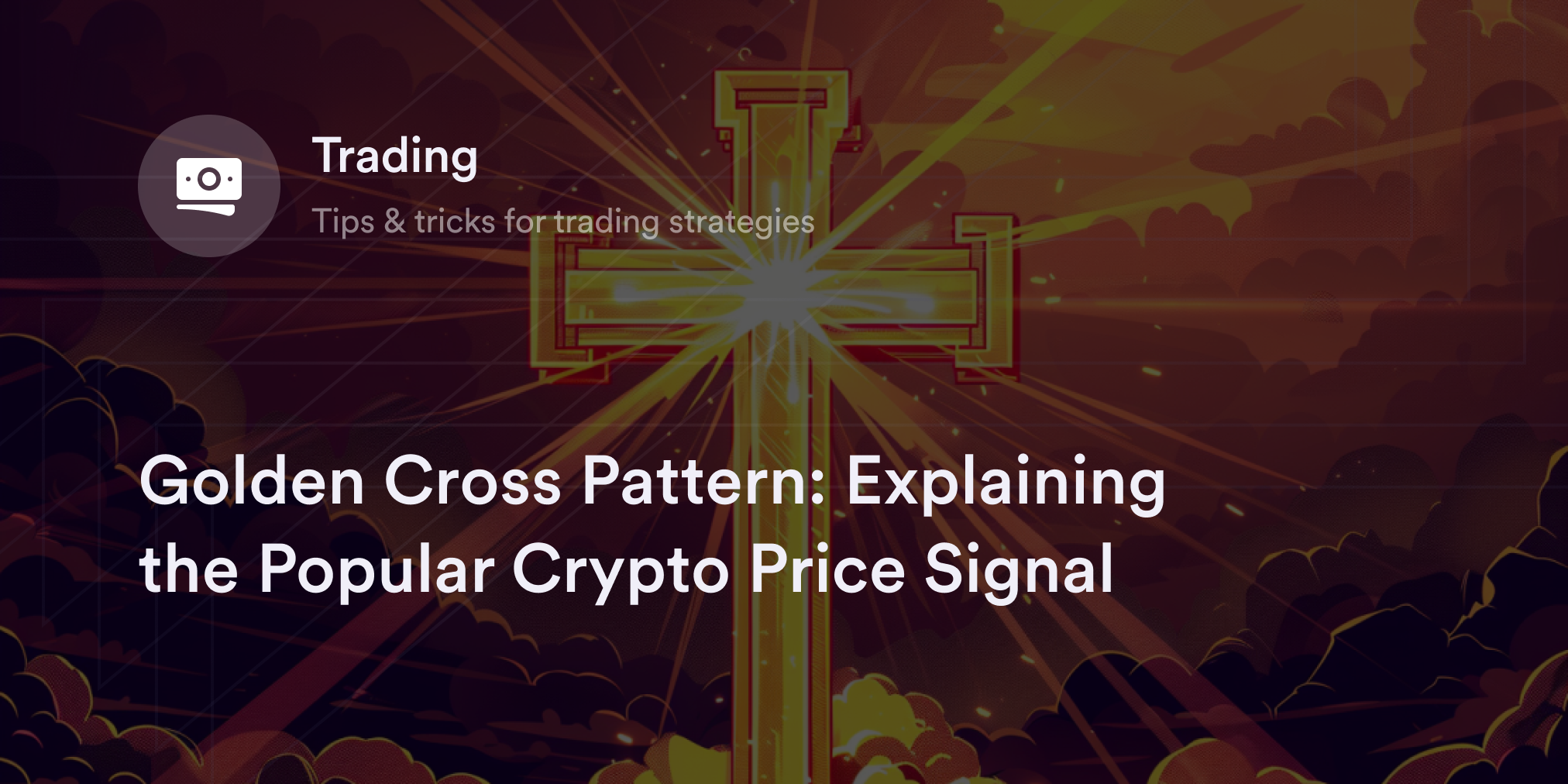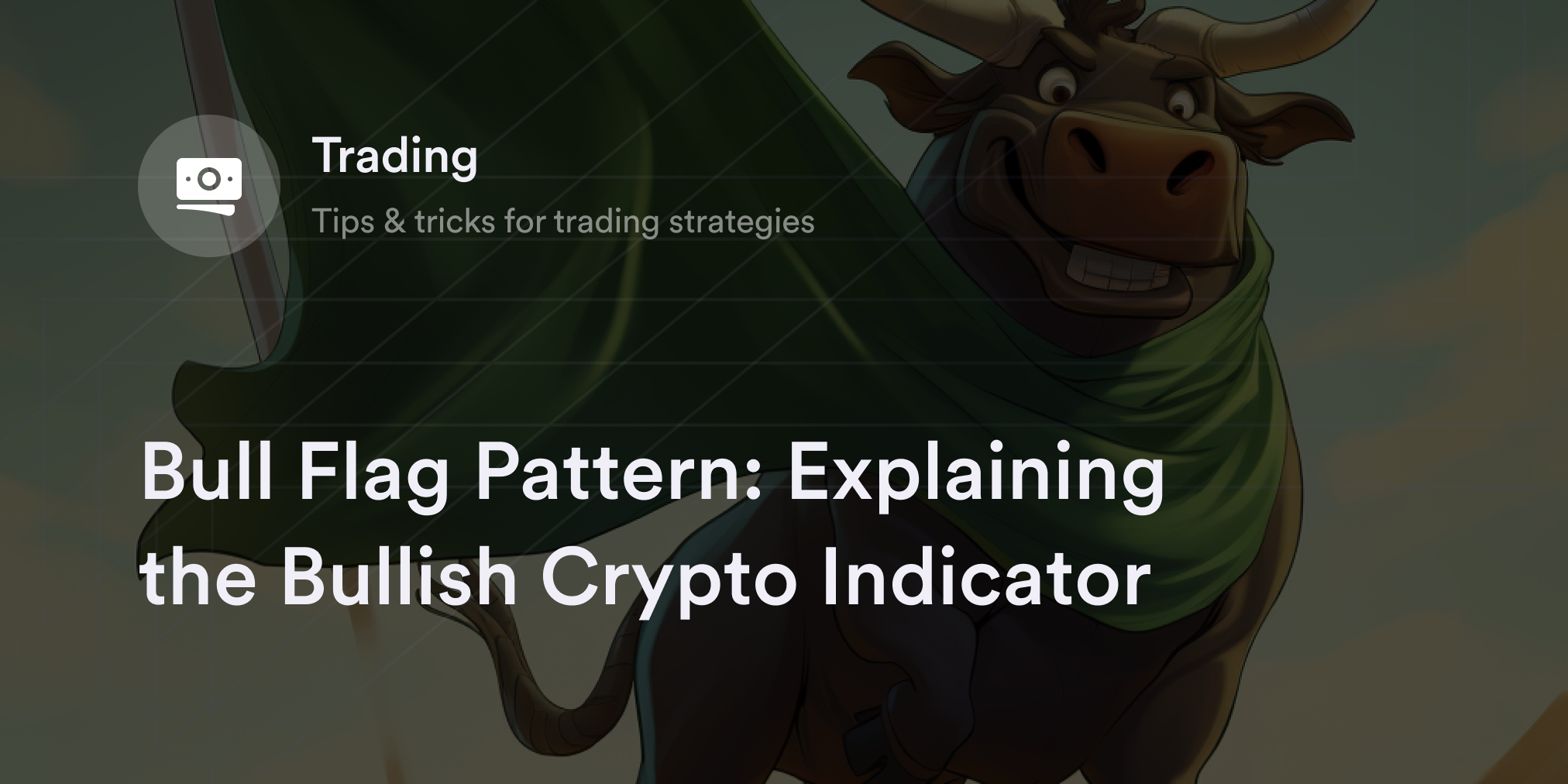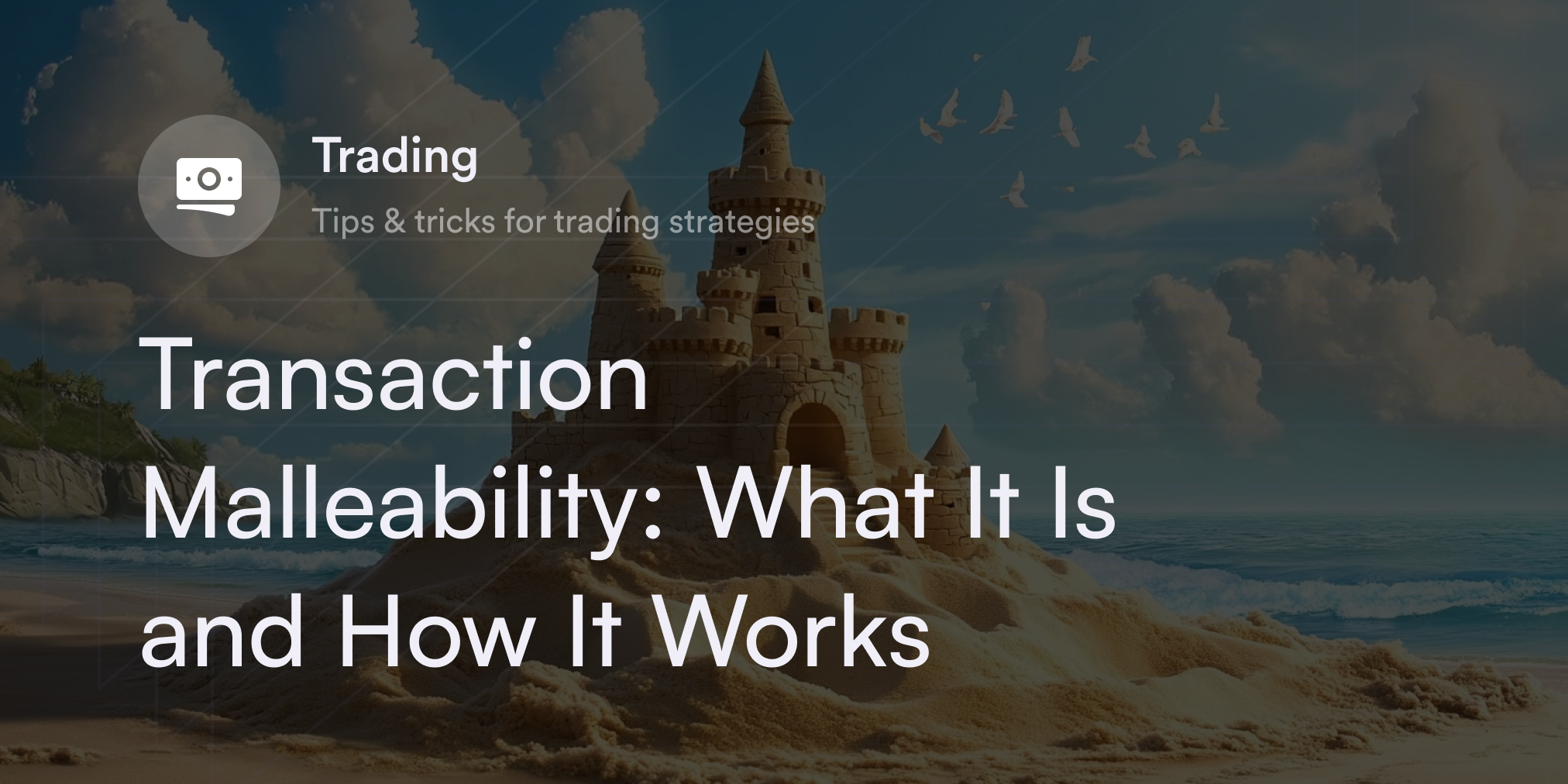
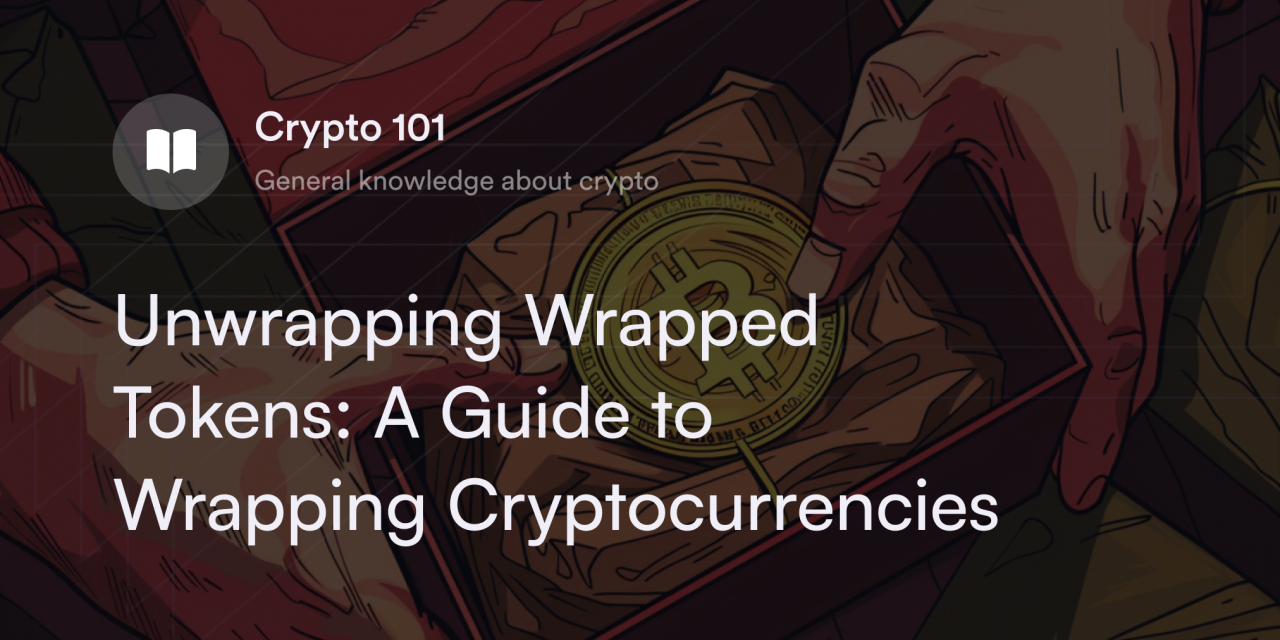

Sending cryptocurrencies across blockchains historically hasn’t been a seamless experience. Developers invest plenty of time working on ways to bridge crypto communication gaps, but most digital assets remain stubbornly stuck within their native Web3 ecosystems. That’s because blockchains often can’t read the coding standards from foreign networks, making it hard for crypto users to collaborate and freely send currencies between their favorite decentralized applications (dApps).
Despite this communication barrier (aka the interoperability problem), a few new technologies help traders transfer digital assets wherever they like. Enter wrapped tokens, which have become an increasingly popular way for traders interested in using their crypto on multiple decentralized networks.
In this guide, we’ll explain wrapped tokens, how they work, and if they’re a solution to cryptocurrency’s interoperability issue. We’ll also explore their pros and cons in Web3.
What is a wrapped token?
A wrapped token is a synthetic cryptocurrency designed to work in a non-native blockchain ecosystem. Unlike crypto coins, which exist within a blockchain’s core programming instructions, tokens run on top of preexisting blockchains and leverage the base network’s security.
The distinction between wrapped tokens and other crypto token varieties is that the former has unique coding standards that allow it to function on a foreign blockchain. The "wrapper" around these tokens is the special code instructions, making it possible for another blockchain to read and process these cryptocurrencies.
For example, Bitcoin (BTC) and Ethereum (ETH) use different coding standards and consensus algorithms, making sending these cryptocurrencies directly across networks impossible. With wrapping technology, developers have the power to create a wrapped Bitcoin (wBTC) with the ERC-20 coding specifications on Ethereum’s blockchain. The resulting wBTC tokens have the same price as BTC but work with Ethereum crypto wallets and on ETH-based dApps.
How does wrapping a token work?
Most crypto wrapping protocols use a custodial system where traders deposit their initial cryptocurrency into a vault and create (or mint) an equivalent amount of wrapped tokens. When traders want to redeem their original cryptocurrency, they send the wrapped tokens to the custodian, who releases the crypto collateral and burns the wrapped tokens. This minting and burning mechanism ensures the circulating supply of wrapped tokens is always backed by an equivalent amount of crypto collateral in the custodian’s cold storage vault.
For added security, some wrapping portals rely on self-executing smart contract commands and governance structures like decentralized autonomous organizations (DAOs) to avoid creating a central point of failure. The reliance on these blockchain-based technologies helps remove centralized counterparties from the wrapping process, so traders don’t have to worry about a single custodian safeguarding their coins.
For example, decentralized finance (DeFi) protocol 0x Labs created wrapped Ethereum (wETH) using smart contract programs to automatically mint, distribute, and burn tokens. Like wBTC, wETH has ERC-20 coding standards, making it compatible with dApps in the Ethereum ecosystem. Ironically, although Ether is Ethereum’s native cryptocurrency, it only functions as a financial vehicle for paying gas fees rather than a peer-to-peer (P2P) currency on ETH-based protocols—hence the need for wETH when using dApps on Ethereum.
Why do traders use wrapped crypto tokens?
Wrapped cryptocurrencies aim to provide traders with a convenient way to use their digital assets on non-native platforms. Even if traders don’t have cryptocurrencies compatible with networks like Ethereum, Solana (SOL), or Cosmos (ATOM), wrapping technology lets them transfer a synthetic representation of their digital holdings across Web3.
The flexibility of wrapped tokens opens the door for more crypto HODLers to use their digital assets in DeFi for passive income opportunities, including liquidity pools, staking, and crypto lending.
Crypto wrapped tokens are also recognized mediums of exchange on dApps like play-to-earn games, decentralized exchanges (DEXs), or markets for virtual collectibles called non-fungible tokens (NFTs). They make it easier for crypto traders to explore all the unique offerings in Web3 with whichever digital assets they’re comfortable using.
Pros and cons of wrapping tokens
Wrapped tokens connect the Web3 community, but there are concerns over their safety profile. Before minting wrapped crypto, consider the potential downsides of using these synthetic digital assets. Here are a few benefits and challenges of wrapped tokens:
Wrapped token pros
Increases blockchain interoperability: Wrapped token technology provides traders with a solution to the blockchain interoperability problem. These tokens make successfully moving cryptocurrencies between multiple networks possible, thanks to their compatible coding standards on different chains––helping naturally enhance communication and collaboration in Web3.
Brings more liquidity to DeFi: The increased interoperability of wrapped tokens helps attract more capital across the DeFi landscape. As crypto traders transfer and deposit wrapped tokens in liquidity pools, dApps have an easier time attracting funds to their protocols and offering decentralized financial services.
Makes Web3 more accessible: HODLers don’t need to let their crypto sit in a hardware wallet as they wait for the market price of their coins to reach the moon. With wrapped tokens, traders can put their long-term portfolios to work in DeFi without selling their digital assets.
Wrapped token cons
Centralization risk: Some wrapped token protocols use DAOs and smart contracts to remove counterparty risk, while others have centralized intermediaries that custody crypto on users’ behalf. In these cases, traders must trust their custodians to protect their digital assets.
Smart contract exploits: Even if a wrapped token program relies on decentralized technologies, there’s still a threat of security flaws in the protocol’s design. If there are any vulnerabilities in the self-executing smart contracts powering a wrapped token, traders risk losing their crypto in a glitch or hack.
Higher learning curve: Finding popular wrapped tokens like wBTC on crypto exchanges is easy, but learning the intricacies of wrapping and unwrapping digital assets takes time and effort. Sometimes, even skilled crypto traders make costly blunders when attempting to wrap virtual assets.
Enjoy optimal interoperability on dYdX Chain
One reason dYdX chose to build the open-source dYdX Chain within the Cosmos ecosystem was to give eligible traders the opportunity to access the benefits of web3 interoperability. Thanks to Cosmos’s revolutionary inter-blockchain communication protocol (IBC), eligible traders on dYdX have the freedom to explore all DeFi services on sovereign chains linked to the Cosmos Hub. For more info on how dYdX Chain works, visit our official blog for the latest details and updates. Also, check out dYdX Academy, our in-house crypto resource library, for more helpful articles on Web3 opportunities and breakthroughs in blockchain tech.
Eligible traders can start trading on dYdX today.
Disclosures
The content of this article (the “Article”) is provided for general informational purposes only. Reference to any specific strategy, technique, product, service, or entity does not constitute an endorsement or recommendation by dYdX Trading Inc., or any affiliate, agent, or representative thereof (“dYdX”). Use of strategies, techniques, products or services referenced in this Article may involve material risks, including the risk of financial losses arising from the volatility, operational loss, or nonconsensual liquidation of digital assets. The content of this Article does not constitute, and should not be considered, construed, or relied upon as, financial advice, legal advice, tax advice, investment advice, or advice of any other nature; and the content of this Article is not an offer, solicitation or call to action to make any investment, or purchase any crypto asset, of any kind. dYdX makes no representation, assurance or guarantee as to the accuracy, completeness, timeliness, suitability, or validity of any information in this Article or any third-party website that may be linked to it. You are solely responsible for conducting independent research, performing due diligence, and/or seeking advice from a professional advisor prior to taking any financial, tax, legal, or investment action.
You may only use the dYdX Services in compliance with the dYdX Terms of Use available here, including the geographic restrictions therein.
Any applicable sponsorship in connection with this Article will be disclosed, and any reference to a sponsor in this Article is for disclosure purposes, or informational in nature, and in any event is not a call to action to make an investment, acquire a service or product, or purchase crypto assets. This Article does not offer the purchase or sale of any financial instruments or related services.
By accessing this Article and taking any action in connection with the information contained in this Article, you agree that dYdX is not responsible, directly or indirectly, for any errors, omissions, or delays related to this Article, or any damage, injury, or loss incurred in connection with use of or reliance on the content of this Article, including any specific strategy, technique, product, service, or entity that may be referenced in the Article.

